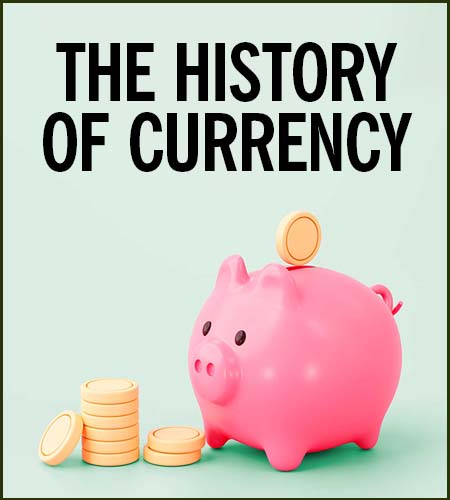Creating A Financial Strategy For Your Child With Special Needs
Creating A Financial Strategy For Your Child With Special Needs
Creating financial strategies for families with special needs children requires careful consideration of both immediate and long-term needs. Parents must plan for their child’s present care, but equally important is preparing for a future where they may no longer be around to manage their child’s day-to-day needs. This planning often begins before birth and should include decisions about guardianship, trusts, and legal arrangements to ensure financial security for the child as they grow older.
The first step in this journey is to understand the child’s diagnosis and the specific challenges that come with it. Parents can benefit from connecting with other families facing similar circumstances, as they can offer advice and emotional support. Once families have a grasp of the present situation, they can shift their focus to the future, ensuring that appropriate legal and financial measures are in place, …











